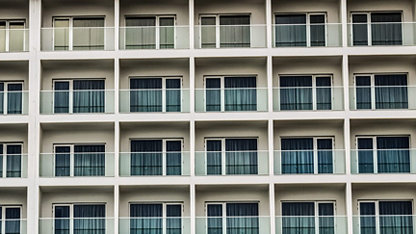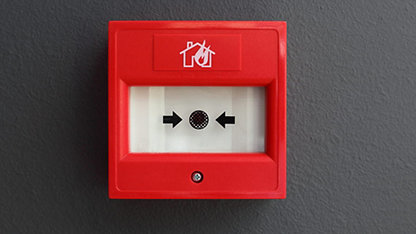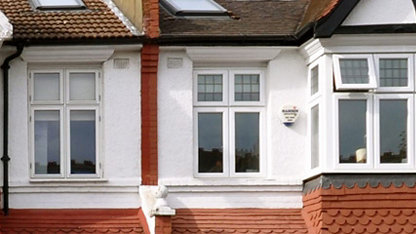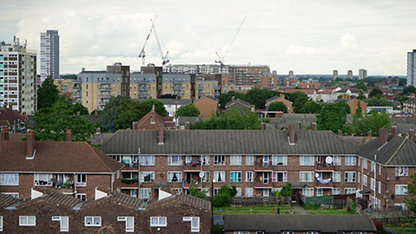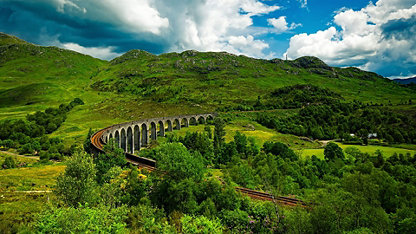The chartered surveying profession’s work plays a central role in advancing the public interest in the built environment. This most apparent in those professional surveying services linked directly to the safety of the buildings that we live and work in. Chartered Surveyors’ advice on issues such as building construction, management and related compliance is central to managing risk, ensuring wellbeing and ultimately to preventing loss of life. Their expertise and impartial judgement on property value is also relied upon by sellers, buyers and lenders in millions of property transactions each year.
Fire safety, and in particular the use of unsafe cladding on buildings, has naturally come into sharp focus following the tragic events of the Grenfell tower fire. It is clear that the 72 people who died were put in unnecessary risk and unacceptable danger. The Grenfell tragedy is prompting far-reaching change as we collectively seek to understand its causes and take the necessary steps to minimise the risk of such a tragedy happening again, and to ensure no one should have to live in a dangerous building.
Attention has focused on the highest risk, high-rise residential buildings, their fabric and construction methods and, in particular, on the use of unsafe and combustible cladding materials. However, more recently the focus has widened. It is apparent that the problem is not just confined to buildings similar to Grenfell, but also to many other types of existing and renovated buildings. Grenfell, has therefore shone a spotlight on certain practices and, ultimately, on the application of building regulations; and these have been found to be wanting.
One thing that is clear to all is the huge cost of fixing the problems on existing buildings. The Government has made £1.6bn available for remediation, but it is generally accepted that the final cost of replacing dangerous cladding will be several times this amount. An inevitable knock-on effect is that buyers, their mortgage lenders, valuers and insurers alike have lost confidence in building regulations. They no longer see compliance with the regulations and certification processes as providing adequate assurance of building safety or that they will not be faced with significant remediation costs. This has seriously undermined the home buying and selling market for apartments in cladded buildings and is causing real hardship for many homeowners living in such buildings.
This has raised two complex and interlinked challenges. First, ensuring the lessons of Grenfell are learnt and applied across the built environment – so that new and existing buildings are safe for use by their occupiers. Second, that those involved in the sale, purchase and financing of affected buildings have confidence that fire risk has been sufficiently assessed and accounted for, in order to proceed and keep the housing market moving.
The complexity and scale of the problem means that prompt, decisive action coordinated by Government is essential in order to restore confidence within a reasonable timeframe. Professions and wider industry must work collectively and tirelessly to support this process. It is against this backdrop that RICS is playing a critical role, working with our profession, industry, and Government on measures to improve fire and wider building safety and to rebuild confidence in the market.
“The Grenfell tragedy is prompting far-reaching change as we collectively seek to understand its causes and take the necessary steps to minimise the risk of such a tragedy happening again, and to ensure no one should have to live in a dangerous building. ”
Influencing policy in the public interest
Since the Grenfell Tower fire, we have worked intensively with numerous industry stakeholder groups, the UK Government and the devolved administrations - often at ministerial level - in order to drive positive change, reshape building safety rules and help create clarity for our profession.
At the invitation of Dame Judith Hackitt’s team, RICS was a core contributor to the Independent Review of Building Regulations and Fire Safety, which has fed into the recently published Building Safety Bill in England. Our work with the Ministry of Housing, Communities & Local Government (MHCLG), helped secure a ban on combustible cladding on all new schools, hospitals, care homes, student accommodation and residential buildings above 18m in height. We have successfully campaigned to ensure sprinklers are mandated in new buildings over 11m in England – and are campaigning for these to be fitted to existing properties too.
Building trust and confidence in building control and fire safety
We are also taking action to help government and regulators rebuild trust in the application of building regulations. We worked in partnership with leading sector bodies within the Future of Building Control Working Group to develop 11 key recommendations on reforming the regulatory and wider professional framework for this critical public safety service. This is now informing HSE and MHCLG on the new regulatory framework for building control.
Two years ago, we launched the International Fire Safety Standards (IFSS) coalition, which now includes more than 80 global organisations, including the World Bank and supported by the UN. The aim of this coalition is to create and deliver globally consistent standards in fire safety for the construction and real estate sectors. Its work is now well advanced towards a set of common principles and a new fire safety framework, adopted around the world for the very first time. The Coalition members, which include many professional bodies from the UK, will ensure their members adhere to these new standards, a first in the industry.
Ensuring an effective market
Critically, we have taken steps to keep the homebuying market moving in this area, when it was at severe risk of stalling in the face of concerns by lenders, valuers and their insurers over unquantified financial liabilities for the cost of remediation.
Working with industry stakeholders including UK Finance, the Building Societies Association and MHCLG, we helped develop a standardised and consistent process, at pace, for the valuation of buildings with external wall systems (EWS). The EWS1 form, which came out of this work, was designed to enable valuers and lenders to obtain the information they need about buildings and any potential work that may be required, thereby delivering assurance for lenders, valuers, residents, buyers and sellers, and protecting all these parties from unexpected costs. Although this process was designed to review only the highest risk buildings (largely blocks over 18m), changes in Government advice early this year, following the Bolton Cube fire, brought many more buildings than anticipated into scope. Given the relatively small pool of specialists that are currently competent (and have sufficient professional indemnity insurance) to allow them to undertake these reviews, delays are unfortunately occurring in some cases, with inevitable distress for those seeking to move. To date, the largest valuation firms report that around 5,000 EWS1 forms have been completed, ensuring that many transactions on flats within these buildings, have been able to progress, where possible, in a market that was otherwise at risk of stalling.
Tackling today’s issues as we look ahead
Although progress has been made, there remain issues to be resolved as the Government and the industry work towards the development of a permanent process for assessing buildings and remediate those with flammable cladding. RICS is acutely aware that in the absence of a resolution of these issues many homeowners face real and significant difficulties. In addition, Chartered Surveyors are faced with advising clients within a system that is not functioning as it should. RICS is working hard with other professions to identify possible solutions for Government to consider. We need to be clear that these are not issues which any single profession or sector of the market can resolve by itself; the problems are major and systemic and require Government action to resolve.
One such issue is the funding of remediation works, on which we continue to call for upfront funding from Government in order to prevent costs immediately falling to the leaseholder - and that this support includes leaseholders in affected buildings under 18m in height.
Decisive steps are also required to resolve the problems currently affecting the prompt completion of EWS1 form assessments, in light of dramatically increased demand. Chiefly, these include the lack of professional indemnity insurance, combined with a shortage of professionals to advise on fire safety of external wall systems. To this end we are engaged with Government and key insurers, calling for the implementation of short-term measures to overcome the lack of PII cover. Meanwhile we are currently scoping training, in close co-ordination with relevant bodies, to upskill a larger body of professionals that will be required in coming years to meet growing market demand for fire risk assessment.
I am grateful to all of those who have assisted our efforts so far to effect positive change on this critical and wide-reaching public interest issue, however the urgent need to deliver better safety in our built environment has not diminished. Through the collective expertise and endeavours of RICS professionals, we will continue our work, with others, to ensure that as a society, we learn from the tragedy of Grenfell, and can be confident that our buildings are safe for their intended use in the future.
- Richard Collins, RICS Executive Director for the Profession



